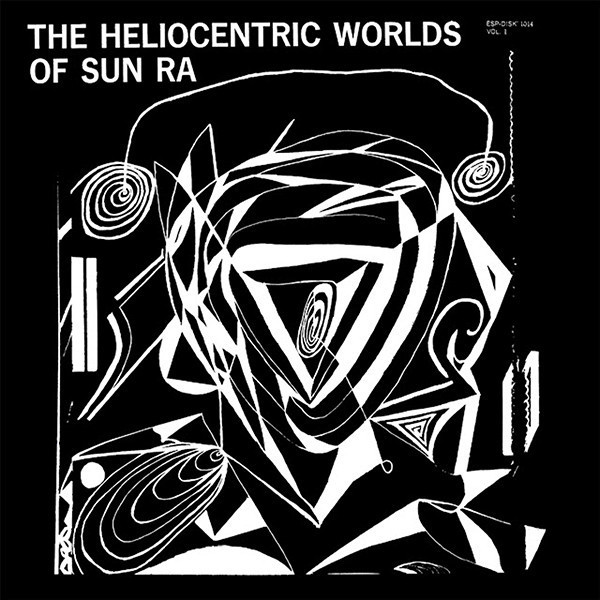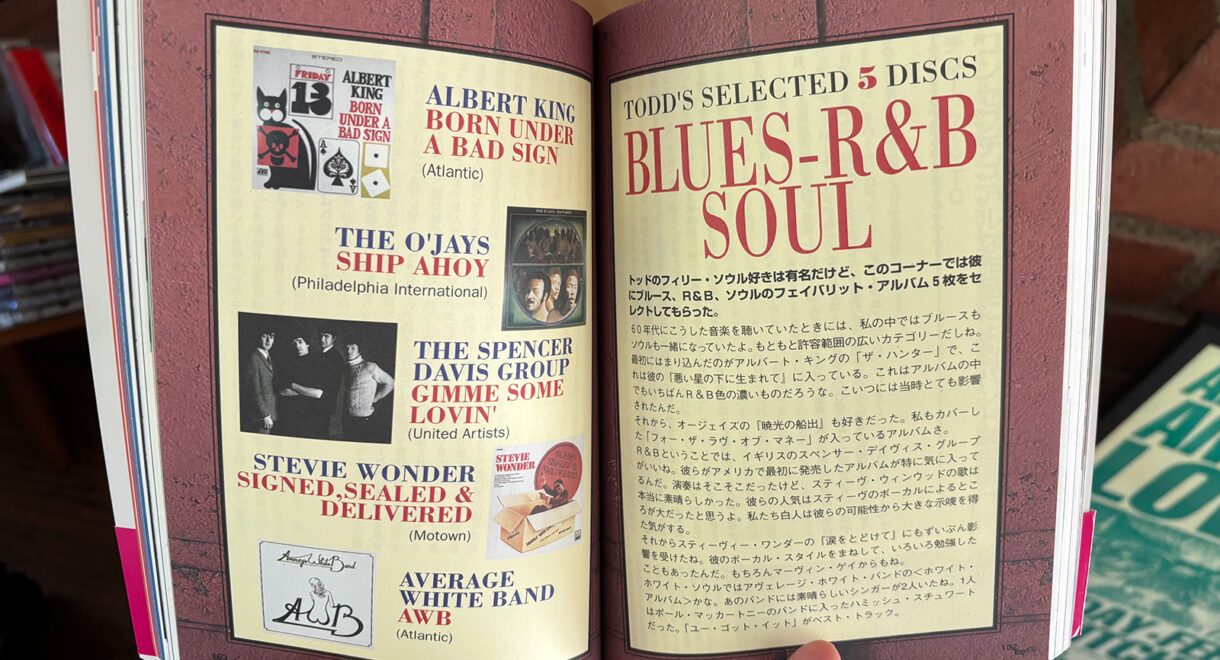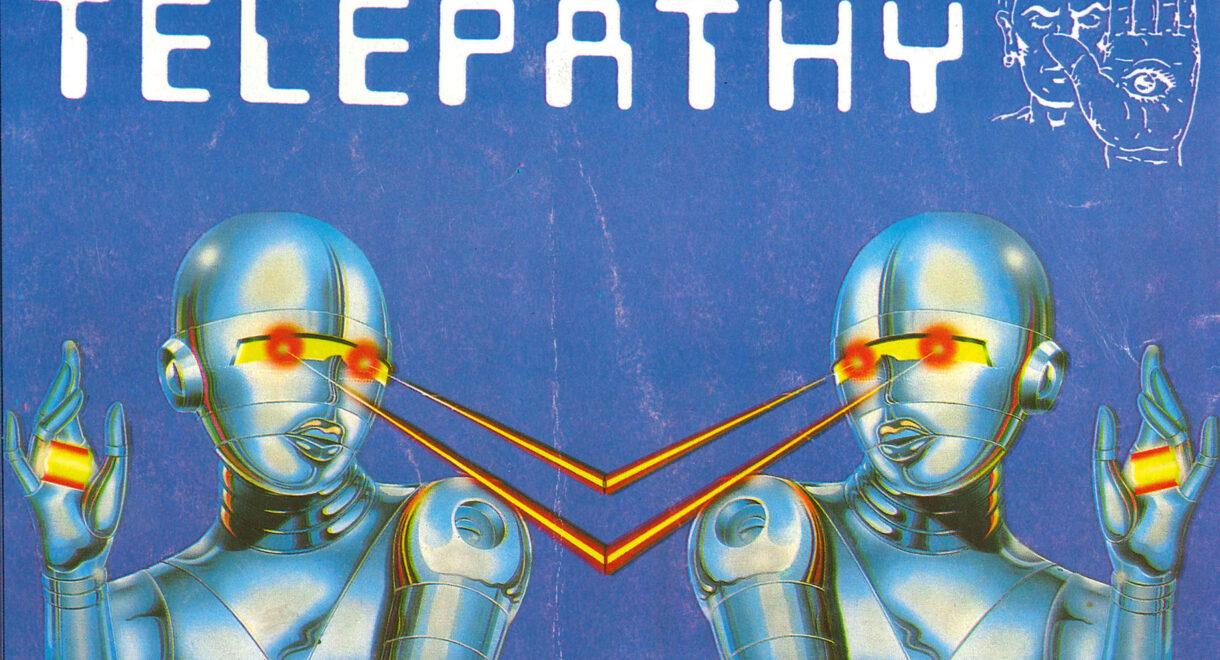A new documentary about the Sun Ra Omniverse is currently in production. Support the Kickstarter today! In partnership with the SUN RA Estate and veteran bandleader, Marshall Allen, […]
Saturn Research: The Art of Sun Ra

It’s been almost two decades since Sun Ra, the enigmatic artist who reported Saturn as his birthplace, left our planet and yet – the cosmic jazz pioneer’s Afrofuturist vision seems to be clearer and more present now than ever. From pop acts like Solange paying homage in concert, to genre-bending sci-fi influenced artists like Thundercat and Flying Lotus, to next generation cosmic jazz torchbearers like Kamasi Washington, Ra’s legacy and Afrofuturist vision lives on.
With the world in disarray from an almost science fiction level dystopian virus and Movements for Black Lives finally taking center stage in world issues, the team behind ISC Hi-Fi takes a look into Sun Ra’s visual aesthetic and Afrofuturist mythology in our first Art & Design: In Focus feature.
“In some far off place, many light years in space, I’ll wait for you. Where human feet have never trod, where human eyes have never seen. I’ll build a world of abstract dreams and wait for you.”
El Saturn Records / Saturn Research

El Saturn Records, where Ra released a majority of his works, was one of the music industry’s first African American-owned record labels, and during the late 50s and 60s was one of the most active artist-owned record labels in the country. Releasing independently allowed Ra to push his artistry to extremes, pressing records at blistering frequency (hundreds of live recordings were released over the span of two decades) with many of the recordings done by Ra himself using a tape recorder.
Ra took a similar DIY approach with the artwork on El Saturn Records, with some albums having multiple versions of art simply taped or block printed onto the cover of a white label. These images were largely hand drawn by Ra himself and decidedly imperfect, often featuring free-form linework, abstract shapes, and crude illustrations. The aesthetic can be easily labeled as chaotic or unrefined, but there’s an underlying sense of purpose behind the imperfections in the same way a jazz soloist might play a “wrong” note. Sun Ra compilation artist Lewis Heriz reflects on Ra’s visual style, “Sun Ra’s approach to music is cosmic, but there’s also a discipline in free expression. That was reflected in the artwork that he used for his covers, the covers themselves were improvised.” (Vinyl Factory, 2018)
“I am not a fantasy in a real sense. I am a fantasy in a false sense, yet I exist. There are no shadows where I am because I am the fire of the lightning and the flame of the sun. My name is the Sun.”
MCA / Impulse!
In the mid 70’s, Ra would sign an unexpected licensing deal with major label Impulse!, making his releases more widely available to the public. These major label releases would come with a more commercial visual aesthetic, with the strongest of these covers vividly illustrating Ra’s Afrofuturist vision in which Black people have escaped the confines of a white-dominated society. This idea of expanding blackness out of the solar system was novel during Ra’s time, and in fact, he is noted as one of the earliest pioneers of Afrofuturism, preaching its core philosophies decades before the term was coined in 1993 by cultural critic Mark Dery.
“At its heart, Afrofuturism stretches the imagination far beyond the conventions of our time and the horizons of expectation, and kicks the box of normalcy and preconceived ideas of blackness out of the solar system”
Ytasha Womack, Afrofuturism: The World of Black Sci-Fi and Fantasy Culture
Perhaps not surprisingly, Ra’s relationship with Impulse! was rocky from the start (the story goes that Ra’s contract stipulated Impluse! had the distribution rights on earth, but Sun Ra had them on Saturn and outside the solar system), and ultimately ended shortly after the release of “Pathways To Unknown Worlds” in 1975, leaving us with only a handful of releases featuring these more commercial visual interpretations of Sun Ra’s space worlds.
To dive even deeper into the world of Sun Ra, we highly recommend viewing his seminal cult classic film “Space is the Place.” Also, be sure to check out our playlist below with music from the albums featured in this article.










